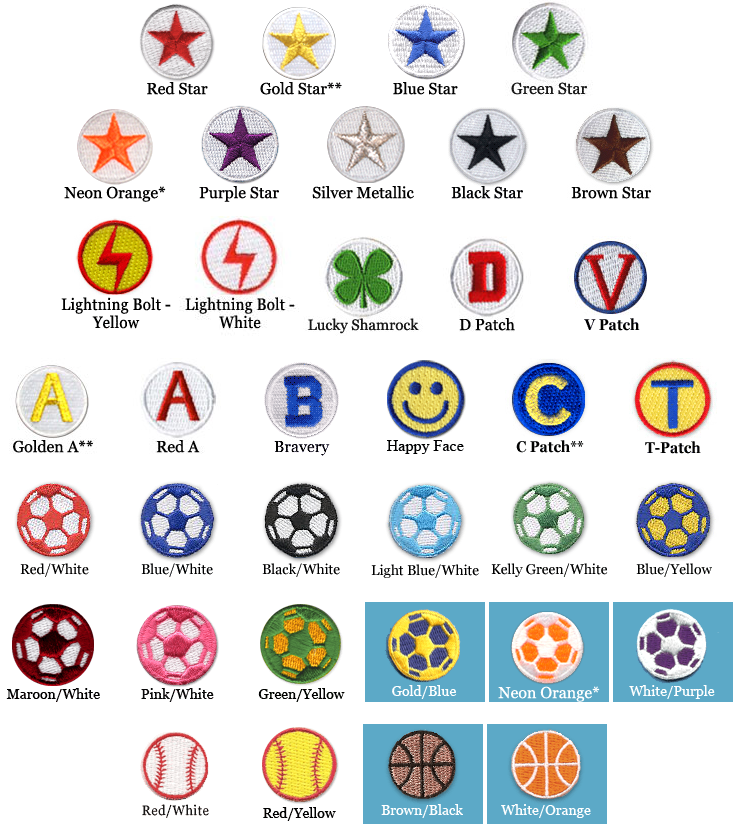Soccer Throw In
Throw-ins are very important because each team will take 25 or more of them during a game. When the ball goes out of bounds over the side line (i.e. the "touch line"), it is "out" on the team that last touched the ball before it crossed totally over the side line, and the opposing team is allowed to get the ball and one of their players (often the closest, or a player designated by the coach to take the throw-ins) is allowed to inbound the ball by picking it up with his hands and throwing it back onto the field. This is called a "throw-in". This is the only time a player other than the Goalkeeper is legally allowed to pick up the ball with his hands. For a throw-in to be legal: (a) the ball must be thrown from behind & over the head (b) it must be thrown using both hands (c) the thrower must face the field (d) at the instant the ball leaves the thrower's hands, some part of both feet must be on the ground, either on or outside the side line (e) the ball must be throw-in from the place where it went out of bounds (Referee's usually let the throw-in be taken from the approximate point where the ball went out of bounds, and you rarely see arguments about this). If the thrown ball does not enter the field, the throw-in is retaken by the same team. The thrower may not touch the ball again until it has touched another player. The penalty for an illegal throw-in is that your team loses the ball & the other team gets to take a throw-in from the same spot. A goal may not be scored on a direct throw-in (i.e., it doesn't count if it is thrown into the goal without another player touching it first). A player is not offside if he receives the ball direct from a throw-in. An opponent must stay at least 2 meters from the thrower and can be given a yellow card for standing closer than 2 meters (note that this rule probably won’t be enforced at very young ages). Also, an opponent is guilty of unsporting behavior and should be given a yellow card if he unfairly distracts or impedes the thrower (e.g., by jumping around, shouting or making gestures to intentionally distract the thrower, or by jumping in front of the thrower). When a throw-in is awarded the Assistant Referee will point the flag in the direction in which the attackers will advance (i.e. toward the goal of the team it is out on). (See "Offside Rule", and "Assistant Referee"). See the Throw-Ins Navigation Page
See prices for our iron on Motivational Soccer Patches
